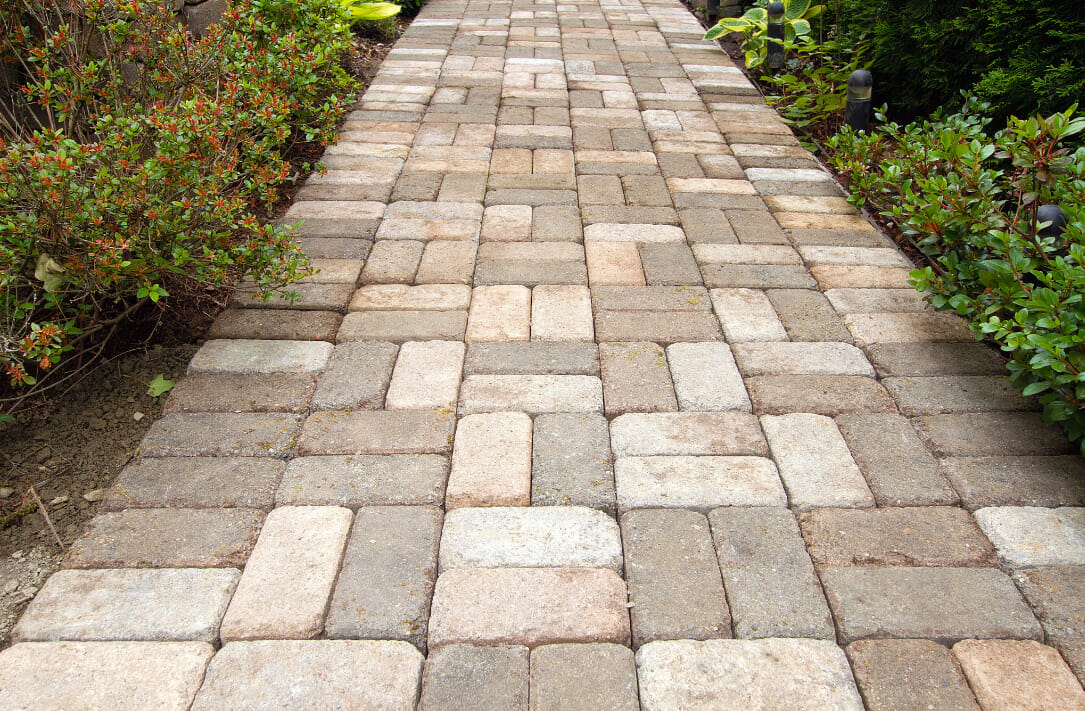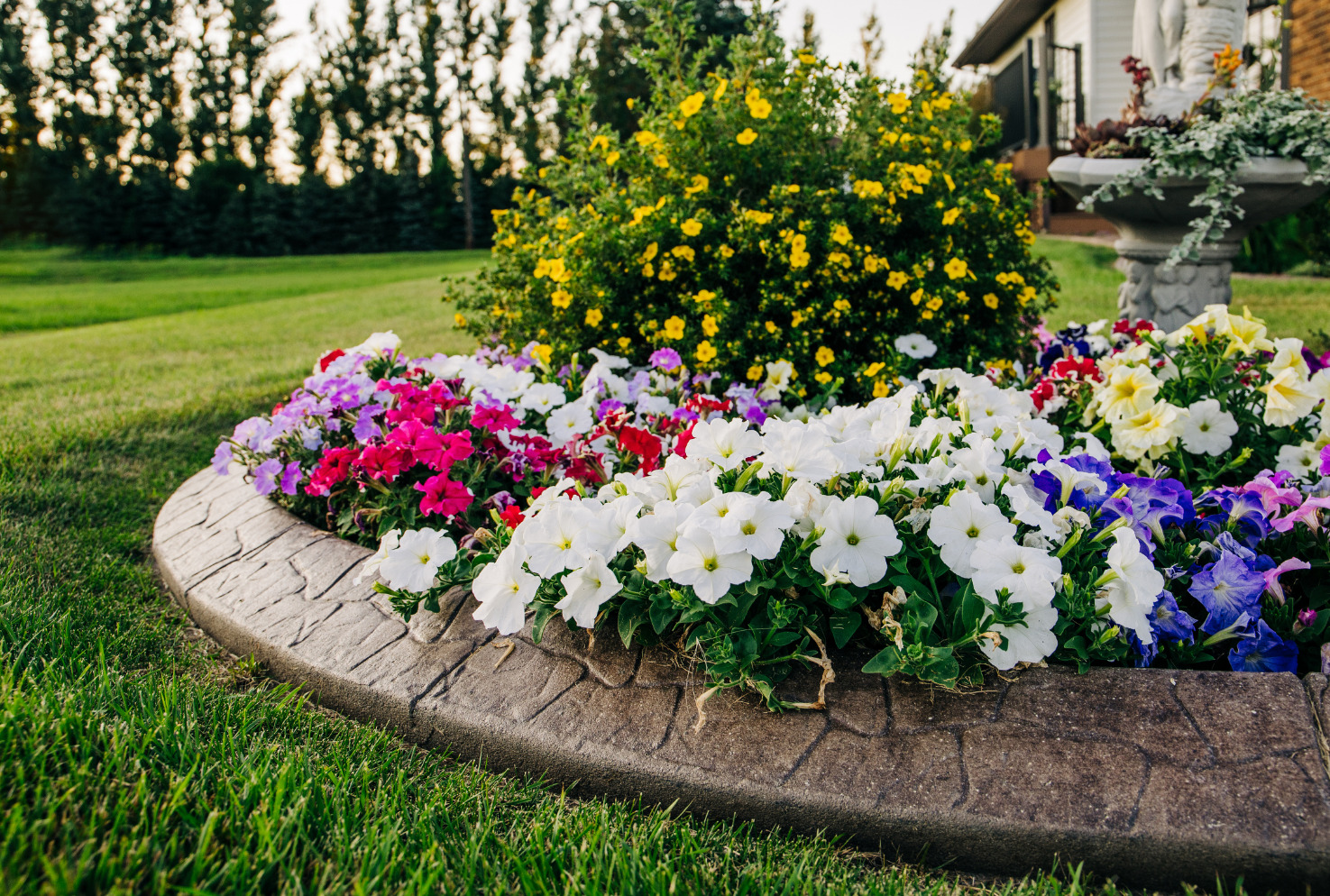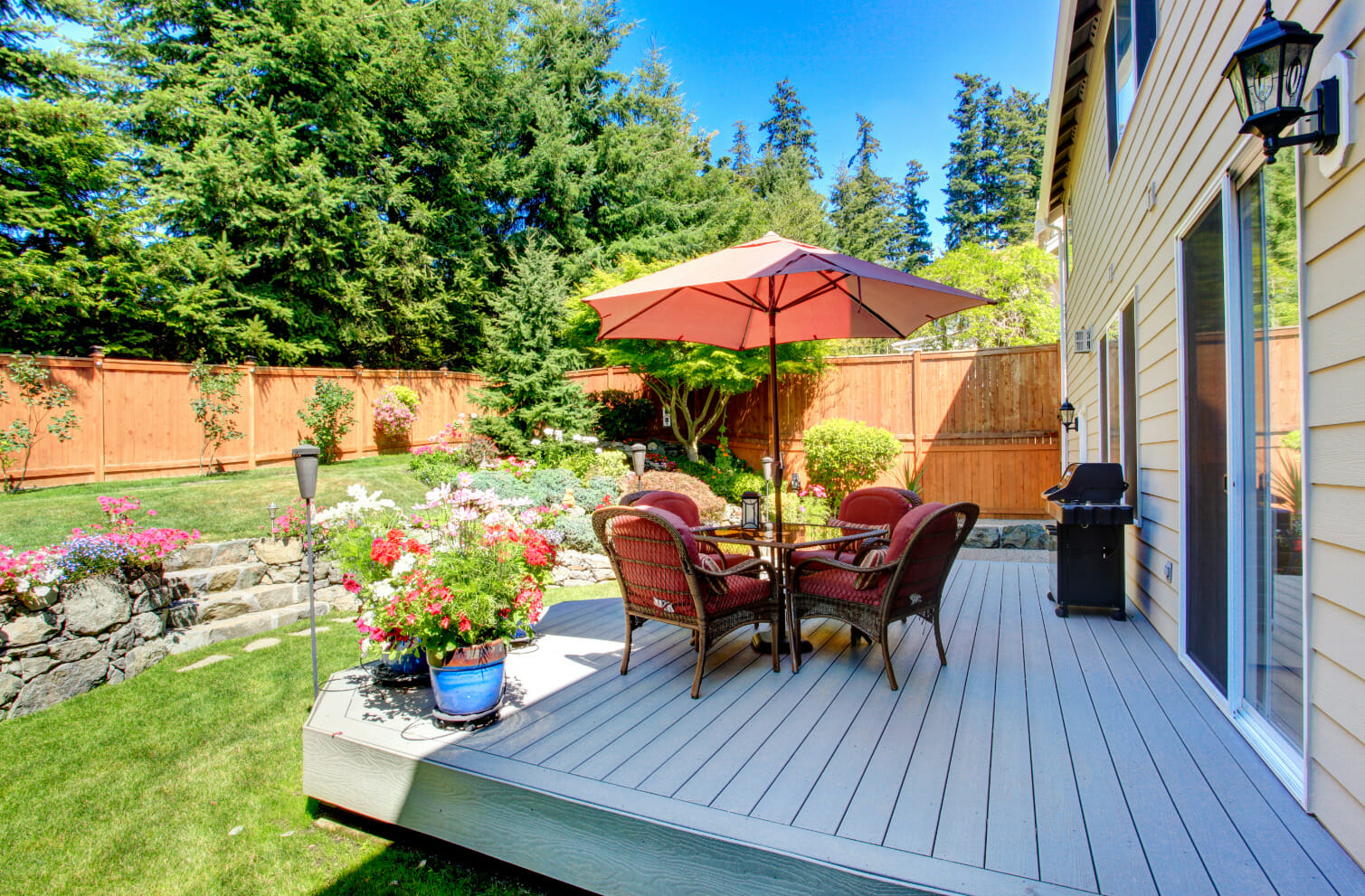
Step Stone and Paver Pathways and Walkways
Transform Your Yard with Stunning Stepping Stone and Paver Pathways
Creating a beautiful and functional yard involves more than just planting flowers and maintaining a lush lawn. Hardscaping, particularly the installation of stepping stone and paver pathways, can significantly enhance the aesthetics and usability of your outdoor space. These pathways not only add charm but also provide a practical solution for navigating your yard, keeping your feet dry and your garden beds protected. Here’s a guide from your friends Exterior Enterprises to designing and installing the perfect stepping stone or paver pathway in your yard.
Benefits of Stepping Stone and Paver Pathways
Aesthetic Appeal: Pathways crafted from stepping stones or pavers introduce texture, color, and pattern to your landscape. They can complement the natural elements of your garden, create focal points, and lead the eye to key areas such as flower beds, water features, or seating areas.
Functionality: These pathways offer a solid and clean route through your yard, minimizing soil compaction in garden areas and reducing the risk of muddy feet on rainy days. They can connect various parts of your yard, making it more accessible and enjoyable.
Durability: Stepping stones and pavers for walkways are built to withstand weather conditions and heavy foot traffic. With proper installation and minimal maintenance, they can last for decades.
Design Considerations
Style and Material: The first step in designing your pathway is choosing the style and materials that best suit your yard. Natural stone, such as slate or limestone, offers a rustic and organic look, while concrete pavers provide a more modern and uniform appearance. Brick pavers can add a classic touch.
Pathway Shape: Decide whether you want a straight, curved, or meandering pathway. Straight paths are formal and direct, ideal for leading from one point to another efficiently. Curved and meandering paths add a sense of mystery and exploration, perfect for garden settings.
Spacing and Layout: For stepping stones, consider the natural stride of an average person, typically spacing stones 24 to 30 inches apart. For paver pathways, ensure that the width is comfortable for walking, generally 36 inches or more. Lay out the design with garden hoses or stakes and string before installation to visualize the final result.
Installation Steps
- Planning and Preparation: Mark the path with stakes and string, then remove any grass or vegetation along the route. Dig a trench about 4-6 inches deep to create a base for the stones or pavers.
- Base Layer: Fill the trench with a layer of crushed gravel, compacting it to provide a stable foundation. This helps with drainage and prevents the stones from shifting.
- Sand Layer: Add a 1-2 inch layer of sand over the gravel and smooth it out. This layer allows for easy adjustment of the stones or pavers and further stabilizes the pathway.
- Laying the Stones/Pavers: Place the stepping stones or pavers onto the sand, pressing them firmly into place. Use a level to ensure each piece is even with the surrounding ground. For stepping stones, you might want to slightly wiggle each stone into the sand to secure it.
- Filling the Gaps: Once the stones or pavers are set, fill the gaps between them with sand, gravel, or soil. If you prefer a greener look, you can plant ground cover or grass in the gaps.
- Finishing Touches: After installation, water the pathway to help settle the sand or soil. Regularly check for stability and add more sand or soil as needed over time.
Maintenance Tips
Maintaining your stepping stone or paver pathway is relatively simple. Regularly sweep away debris, and check for any stones that have become loose or uneven. Occasionally, add sand or soil to maintain a stable and even surface. For stone pathways, applying a sealant can help protect against weather damage and stains.
Need Help from a Professional? Contact us today!
By investing time and effort into creating a well-designed stepping stone or paver pathway, you can enjoy a more beautiful, functional, and inviting yard. Whether you’re guiding guests through a lush garden or creating a direct route to a cozy seating area, these pathways are a timeless addition to any landscape.




